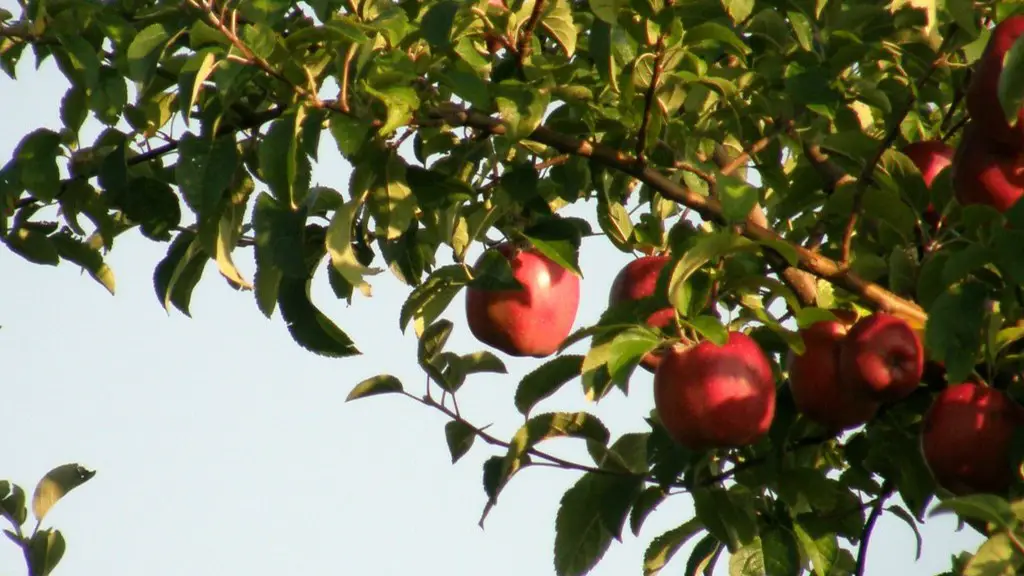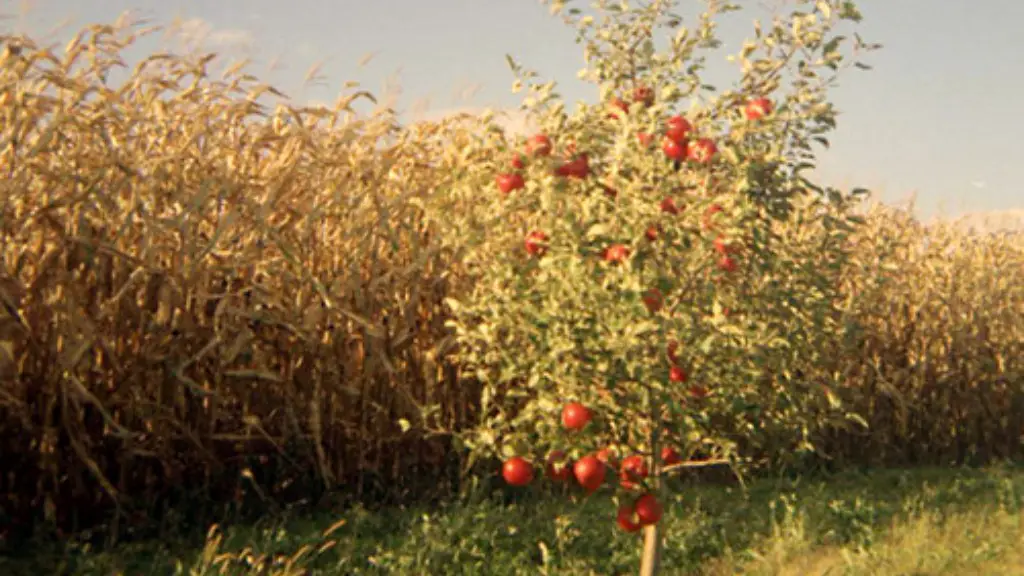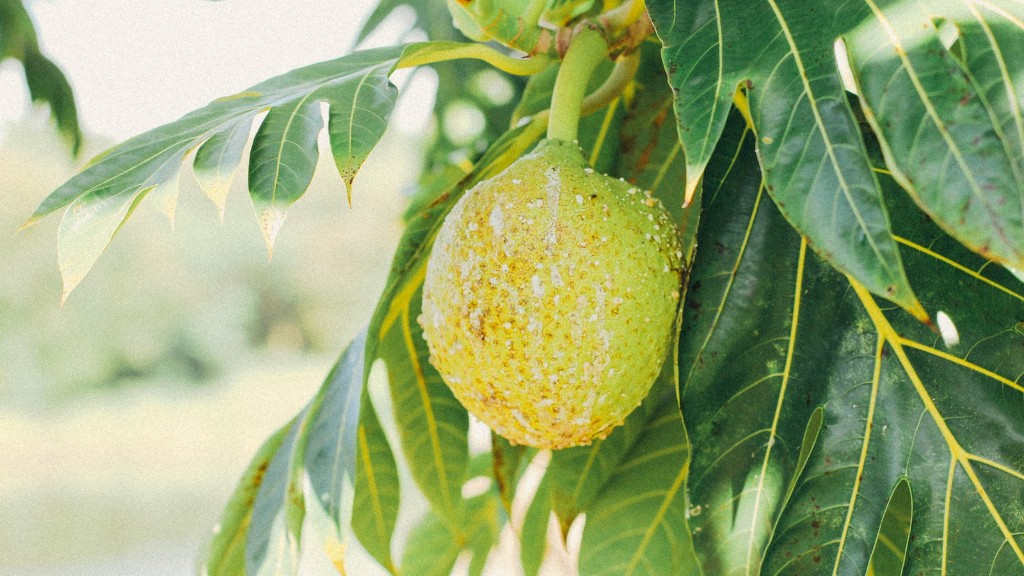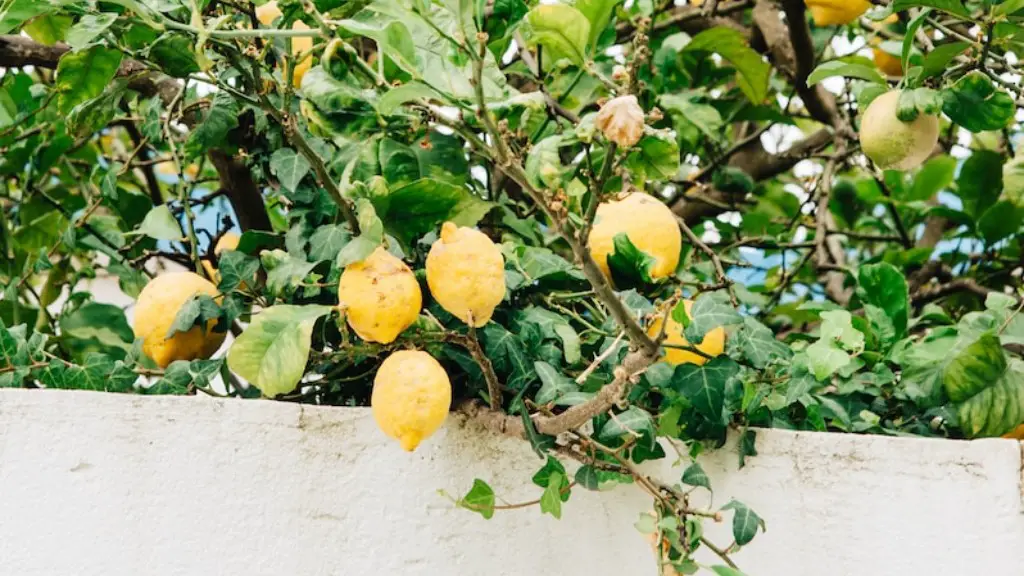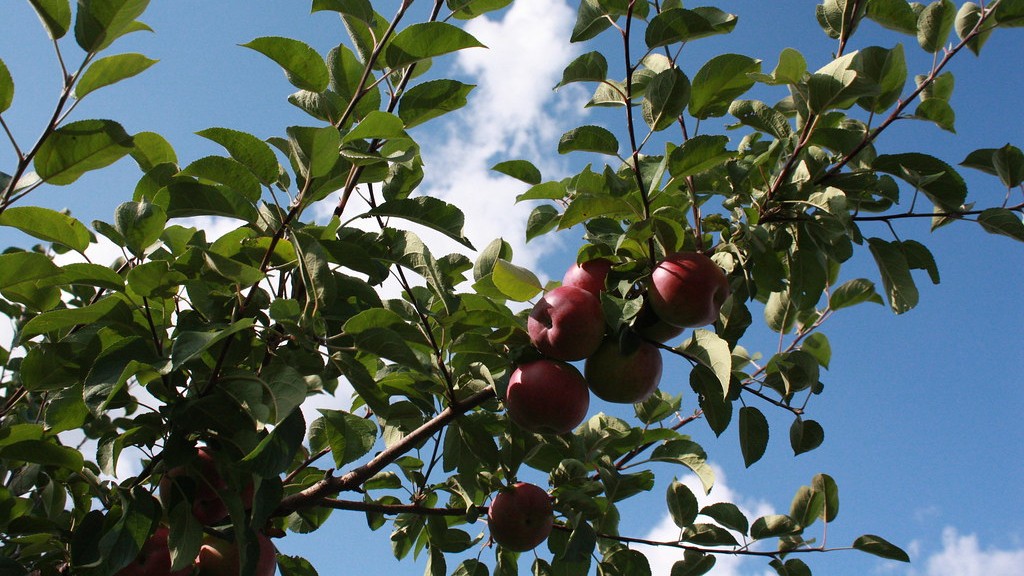Apple Tree Rust is one of the most common maladies of apple trees and it can be tricky to get rid of. Whether you’re dealing with a longstanding infection or just trying to prevent one, there’s a few different steps you can take to eradicate apple tree rust.
First, identify the symptoms of rust. This fungal infection spots leaves and fruits with yellow-orange dust or powder. It wilts leaves and creates light yellow-green spots scattered around the fruit’s skin. In the early stages, rust appears as tiny, ochre-colored spots that eventually burst and turn into a powdery concentration.
Once you’ve identified it, assess the severity of the apple tree rust. If it’s widespread, you’ll need to take drastic measures. If it’s just a few isolated spots, then you can start with less aggressive approaches.
For less severe infections, you can use a copper fungicide to treat the tree. As a preventative measure, it’s best to use fungicides shortly before flowering and late summer. If this doesn’t work, you’ll need to remove the affected fruits and leaves with tweezers and rake away any fallen leaves.
If the infection is quite severe, you’ll need a more powerful fungicide. Heavy application of sulfur or bicarbonate can be used to help combat this infection. Bicarbonate has the advantage of being less caustic to the tree, but sulfur may need to be reapplied more often. To help prevent future outbreaks, prune away any dead or diseased branches.
Finally, you’ll need to create an environment that is not hospitable to apple tree rust. Keep your tree healthy by ensuring it has regular water, sufficient nutrients, and plenty of light. Also, be sure to provide a bit of air flow so that the leaves are not constantly damp. This is especially important after periods of heavy rainfall.
Prevention
Preventing apple tree rust involves controlling the presence of spores in order to ensure they don’t cause an infection in the future. Fungicides are effective in preventing the onset of rust, with copper-based fungicides being the most popular option. If you plan on using this type of fungicide, you should apply it shortly before flowering and every few weeks throughout the summer.
Another popular preventative option is pruning away any diseased or dead branches. This will help to reduce the risk of further infection by minimizing the widespread dispersal of the spores. Additionally, trimming or removing any infected leaves can help, as can the use of plastic mulch or another protective layer around the trunk.
It’s also a good idea to increase air flow to the leaves and keep the tree healthy by providing it with adequate water and sufficient nutrients. Finally, keep a watchful eye on any signs of infection, as this will give you the best chance at preventing and eradicating apple tree rust.
Environmental Considerations
Another important consideration when dealing with apple tree rust is the environmental impact of fungicides. Though they are effective in combating the infection and helping to prevent it, they can also be very toxic to the environment. When selecting a fungicide, it’s best to research the types of products that are least harmful to the environment. This could include natural products, such as neem oil, which has been found to be effective in controlling the spread of apple tree rust.
Another environmental consideration is water runoff. Fungicides shouldn’t be used on days with heavy rainfall or near water sources, as they can contaminate the water. Even natural products, such as neem oil, can still have an impact if overused.
Finally, it’s important to be aware of the long-term impact of fungicides. Many traditional fungicides are toxic to beneficial insects, vegetation, and amphibians. If you choose to use fungicides, it’s best to do so in moderation and take all necessary precautions to prevent contamination of the environment.
Organic Solutions
If you’re looking for an organic solution to your apple tree rust problem, there are several different options available. For starters, you can use organic mulches or organic sprays, such as neem oil. These sprays can help to control the spread of the infection and reduce the number of spores in the air.
Another option is to use an organic fungicide, such as potassium bicarbonate. This type of fungicide is less caustic to the environment and has been shown to be effective in controlling the spread of apple tree rust. Finally, you can also use cultural practices, such as pruning and improving air circulation, in order to create an environment that is not hospitable to the disease.
Fungal diseases, such as apple tree rust, can be difficult to control, but there are various strategies you can use to keep them in check. Regular fungicide applications, pruning, and mulching can all contribute to controlling the spread of the infection. Additionally, by considering the environment, you can select products or solutions that are least harmful to the flora and fauna of your surroundings.
Integrated Pest Management
Integrated Pest Management (IPM) is a great way to combat apple tree rust. IPM involves an integrated approach to pest control, which utilizes physical, cultural, and chemical control methods. This approach aims to reduce the amount of pesticides used in order to limit their environmental impact.
Physical control methods include pruning the tree to remove infected areas, removing any existing fruiting bodies or leaf spots, or using a water jet to reduce the levels of spores. Cultural control methods involve ensuring the tree has sufficient nutrients, air flow, and light in order to keep it healthy. Finally, chemical control methods may be used to eradicate the infection, though it’s important to choose chemical solutions that are least toxic to the environment.
Overall, IPM is a great way to tackle apple tree rust in an eco-friendly way. By accurately identifying the symptoms early and combining preventative steps with physical, cultural and chemical control methods, you can help to get rid of the infection before it gets to an unmanageable level.
Conclusion
Apple tree rust is a common fungal infection that can prove difficult to eradicate, but there are a few different steps that can be taken to combat the disease. Identifying the symptoms early and assessing the severity is the first step in determining the best method for treating the infection.
If the infection is mild, then using a copper or sulfur-based fungicide may be effective. For severe infections, bicarbonate or neem oil can be used, and it’s also important to consider the environmental impact of the fungicide you select. Additionally, pruning away diseased or dead branches and creating an environment that is not hospitable to rust can also help to get rid of the infection.
Overall, apple tree rust can be difficult to get rid of, but with the right preventative measures and control methods, it is possible to eradicate the infection and create an environment that is less hospitable to the disease.
